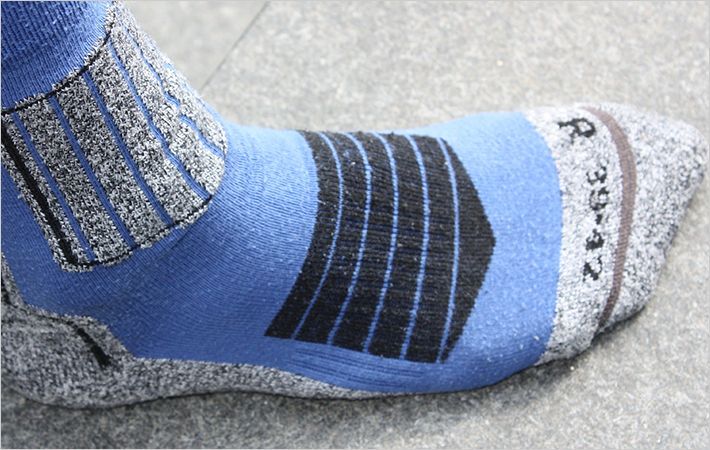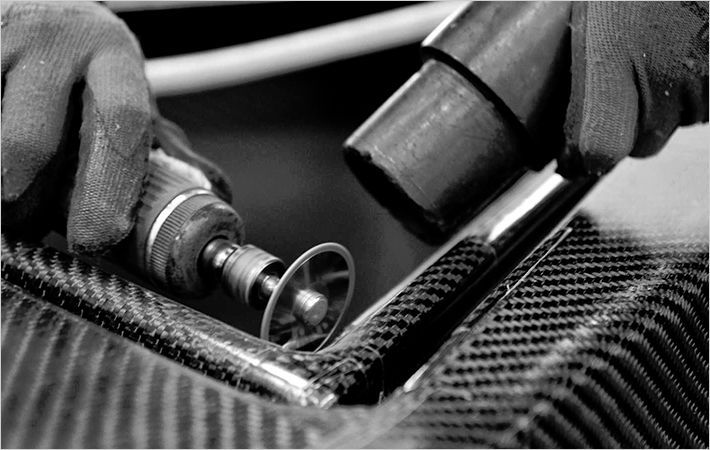A team of Lawrence Livermore National Laboratory (LLNL) scientists has created a material for making uniforms for soldiers that is highly breathable yet protective from biological agents.
The material is the first key component of futuristic smart uniforms that also will respond to and protect from environmental chemical hazards.A team of Lawrence Livermore National Laboratory (LLNL) scientists has created a material for making uniforms for soldiers that is highly breathable yet protective from biological agents.The material is the first key component of futuristic smart uniforms that also will respond to and protect from environmental chemical hazards. High breathability#
High breathability is a critical requirement for protective clothing to prevent heat-stress and exhaustion when military personnel are engaged in missions in contaminated environments. Current protective military uniforms are based on heavyweight full-barrier protection or permeable adsorptive protective garments that cannot meet the critical demand of simultaneous high comfort and protection, and provide a passive rather than active response to an environmental threat.
The LLNL team fabricated flexible polymeric membranes with aligned carbon nanotube (CNT) channels as moisture conductive pores. The size of these pores (less than 5 nanometres) is 5,000 times smaller than the width of a human hair.
To provide high breathability, the new composite material takes advantage of the unique transport properties of carbon nanotube pores. By quantifying the membrane permeability to water vapour, the team found for the first time that, when a concentration gradient is used as a driving force, CNT nanochannels can sustain gas-transport rates exceeding that of a well-known diffusion theory by more than one order of magnitude.
These membranes also provide protection from biological agents due to their very small pore size. Performed tests demonstrated that the CNT membranes repelled Dengue virus from aqueous solutions during filtration tests. This confirms that LLNL-developed CNT membranes provide effective protection from biological threats by size exclusion rather than by merely preventing wetting.
The new uniforms could be deployed in the field in less than 10 years. (GK)
Fibre2fashion News Desk - India

